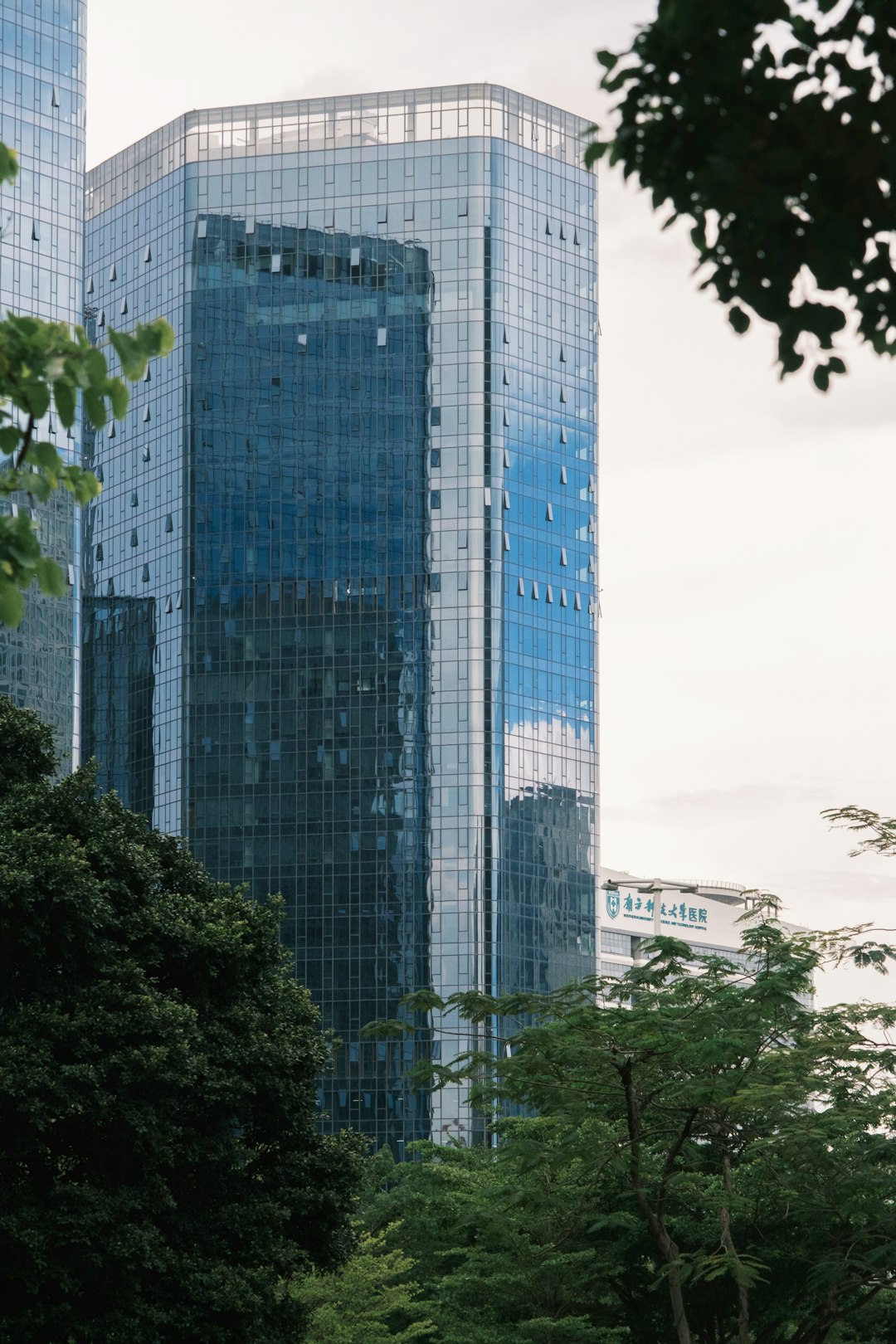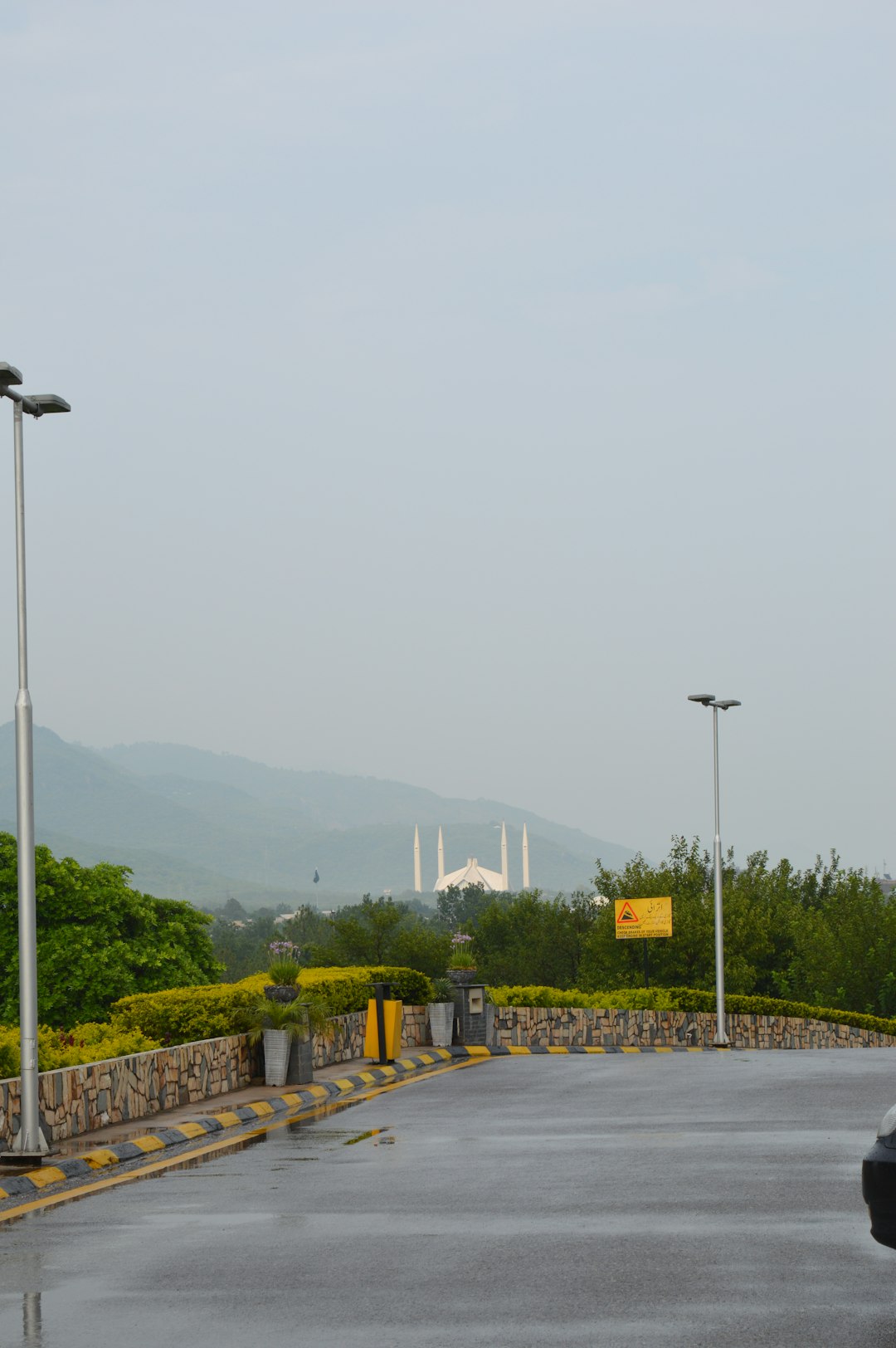Reliance Infrastructure Limited is a key player in India’s infrastructure sector, operating in areas like power, transportation, and urban development. But one common question that piques the interest of industry enthusiasts and investors alike is: Who actually owns Reliance Infrastructure? To answer that, we need to delve into the company’s structure, its corporate history, and the people behind its operations.
Reliance Infrastructure, often abbreviated as RInfra, is part of the larger Reliance Group, which was initially founded by the legendary industrialist Dhirubhai Ambani. Following the split of the Reliance empire between his sons Mukesh Ambani and Anil Ambani in 2005, Reliance Infrastructure came under the control of Anil Dhirubhai Ambani Group (ADAG).
Major Shareholders of Reliance Infrastructure
As of the latest available data, the ownership structure of Reliance Infrastructure looks something like this:
- Promoter Group: The company is majorly owned by the Anil Dhirubhai Ambani Group, with Anil Ambani and associated entities holding a substantial stake.
- Public Shareholding: A large portion of the remaining shares is held by public investors, including retail investors, institutional funds, and mutual fund houses.
- Foreign Institutional Investors (FIIs): Global investors also have an interest, though their stake has fluctuated over time based on the company’s performance and market perception.
As of the last quarterly report, promoters held over 15% in RInfra, but it’s important to note that this figure can vary due to share market dynamics and periodic divestments.

The Role of Anil Ambani in Ownership and Management
At the helm of Reliance Infrastructure is Anil Ambani, who significantly influences strategic decisions and business direction. Although his financial standing has changed dramatically over the years — once being among the world’s richest — Anil Ambani remains the face and brain behind the company’s core operations.
Under his leadership, the company has diversified into:
- Power transmission and distribution through its subsidiaries like Reliance Power.
- Infrastructure development including metro rail projects, toll roads, and airports.
- Defense manufacturing via Reliance Defence and Engineering Limited, a newer arm of the business.
This diversification has helped the company stay relevant in a highly competitive sector, even as it navigates financial hurdles and regulatory challenges.
Challenges and Restructuring
Over the last decade, Reliance Infrastructure has seen several ups and downs. Financial burden from over-leveraging, regulatory shifts, and changing investor sentiment played a significant role in reshaping its ownership dynamics.
To manage these challenges, the company undertook:
- Asset monetization – Selling stakes in power plants and infrastructure projects.
- Debt restructuring – Involving lenders to bring fresh life to the balance sheet.
- Corporate realignment – Streamlining different business subsidiaries under consolidated frameworks.

Despite these reforms, Reliance Infrastructure’s shareholding base remains largely in control of the promoters, although the dilution from public and institutional investors continues to grow slowly.
Future of Reliance Infrastructure
As India aggressively expands its investments in transport, smart cities, and renewable energy, Reliance Infrastructure stands uniquely positioned to benefit from growth opportunities. With a strong project portfolio and a roadmap toward technological advancement, the company aims to regain its stronghold in the infrastructure domain while maintaining the confidence of its stakeholders.
In conclusion, Reliance Infrastructure is owned primarily by the Anil Dhirubhai Ambani Group, with public and institutional investors holding the rest. The company is currently in a transformative phase, trying to align its business interests with the broader goals of nation-building and sustainability. What lies ahead will depend on successful execution of projects and financial prudence by the leadership team.











